I puzzled by some behaviour of ruby and how it manages memory.
I understand the Ruby GC (major or minor) behaviour i.e if the any objects count goes above there threshold value or limit (i.e heap_available_slots,old_objects_limit, remembered_shady_object_limit, malloc_limit). Ruby run/trigger a GC(major or minor).
And after GC if it can't find the enough memory Ruby allocate (basically malloc I assuming) more memory for the running program.
Also, It's a known fact that by does release back memory to the OS immediately.
Now ..
What I fail to understand how come Ruby releases memory (back to the OS) without triggering any GC.
Example
require 'rbtrace'
index = 1
array = []
while(index < 20000000) do
array << index
index += 1
end
sleep 10
print "-"
array=nil
sleep
Here is my example. If run the above code on ruby 2.2.2p95.
htop display the RSS count of the process (test.rb PID 11483) reaching to 161MB.
GC.stat (captured via rbtrace gem) look like (pay close attention to attention to GC count)
rbtrace -p 11843 -e '[Time.now,Process.pid,GC.stat]'
[Time.now,Process.pid,GC.stat]
=> [2016-07-27 13:50:28 +0530, 11843,
{
"count": 7,
"heap_allocated_pages": 74,
"heap_sorted_length": 75,
"heap_allocatable_pages": 0,
"heap_available_slots": 30162,
"heap_live_slots": 11479,
"heap_free_slots": 18594,
"heap_final_slots": 89,
"heap_marked_slots": 120,
"heap_swept_slots": 18847,
"heap_eden_pages": 74,
"heap_tomb_pages": 0,
"total_allocated_pages": 74,
"total_freed_pages": 0,
"total_allocated_objects": 66182,
"total_freed_objects": 54614,
"malloc_increase_bytes": 8368,
"malloc_increase_bytes_limit": 33554432,
"minor_gc_count": 4,
"major_gc_count": 3,
"remembered_wb_unprotected_objects": 0,
"remembered_wb_unprotected_objects_limit": 278,
"old_objects": 14,
"old_objects_limit": 10766,
"oldmalloc_increase_bytes": 198674592,
"oldmalloc_increase_bytes_limit": 20132659
}]
*** detached from process 11843
GC count => 7
Approximately 25 minutes later. Memory has drop down to 6MB but GC count is still 7.
[Time.now,Process.pid,GC.stat]
=> [2016-07-27 14:16:02 +0530, 11843,
{
"count": 7,
"heap_allocated_pages": 74,
"heap_sorted_length": 75,
"heap_allocatable_pages": 0,
"heap_available_slots": 30162,
"heap_live_slots": 11581,
"heap_free_slots": 18581,
"heap_final_slots": 0,
"heap_marked_slots": 120,
"heap_swept_slots": 18936,
"heap_eden_pages": 74,
"heap_tomb_pages": 0,
"total_allocated_pages": 74,
"total_freed_pages": 0,
"total_allocated_objects": 66284,
"total_freed_objects": 54703,
"malloc_increase_bytes": 3248,
"malloc_increase_bytes_limit": 33554432,
"minor_gc_count": 4,
"major_gc_count": 3,
"remembered_wb_unprotected_objects": 0,
"remembered_wb_unprotected_objects_limit": 278,
"old_objects": 14,
"old_objects_limit": 10766,
"oldmalloc_increase_bytes": 198663520,
"oldmalloc_increase_bytes_limit": 20132659
}]
Question: I was under the impression that Ruby Release memory whenever GC is triggered. But clearly that not the case over here.
Anybody can provide a detail on how (as in who triggered the memory releases surely its not GC.) the memory is released back to OS.
OS: OS X version 10.11.12

